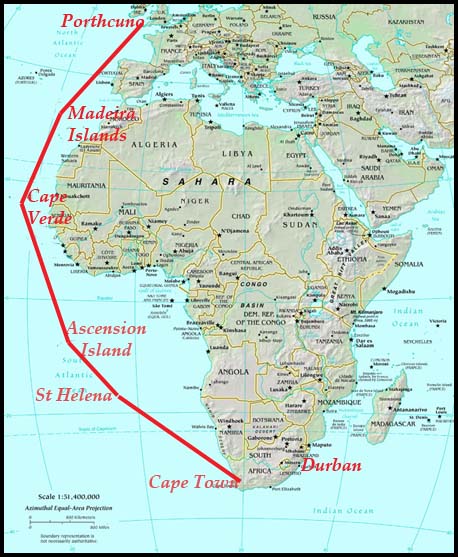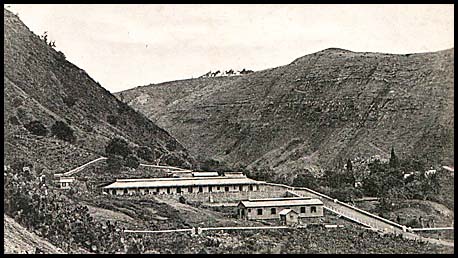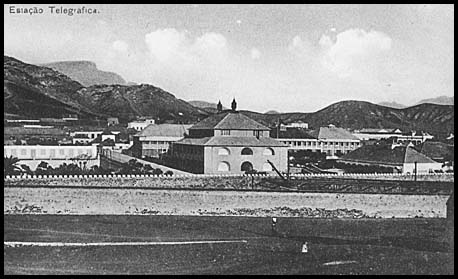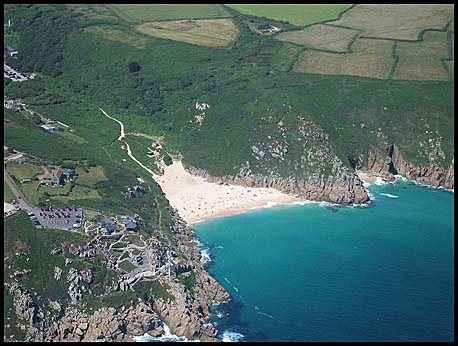Laying the complementary Cape to London cable.
- Home, index, site details
- Australia 1901-1988
- New South Wales
- Overview of NSW
- Telegraph lines
- Telegraph Offices
- Date stamps
- Forms
- Envelopes
- Rates
- Stamps
- Queensland
- Overview of Qld
- Telegraph lines
- Telegraph offices
- Date stamps
- Forms
- Envelopes
- Rates
- Stamps
- South Australia
- Overview of SA
- Telegraph lines
- Telegraph Offices
- Date stamps
- Forms
- Envelopes
- Rates
- Stamps
- Tasmania
- Overview of Tasmania
- General developments
- Reports
- Organisation
- Telegraph lines
- Telegraph Offices
- Date stamps
- Railway lines
- Forms
- Envelopes
- Rates
- Stamps
- Overview of Tasmania
- Victoria
- Overview of Vic.
- Telegraph lines
- Telegraph offices
- Date stamps
- Forms
- Envelopes
- Rates
- Stamps
- Ephemera
- Western Australia
- Overview of WA
- Telegraph lines
- Telegraph Offices
- Date stamps
- Forms
- Envelopes
- Rates
- Stamps
The first submarine cable from South Africa to London was commenced in 1898. The route is shown in the map and described briefly below.
The stations on the route were:
- St. Helena;
- Ascension Island;
- Cape Verde Islands;
- Madeira Islands;
- Porthcuno (Cornwall, UK).
The route to England is of course independent of that followed by the Cape to Glenelg cable but there is an inter-dependency in that cables sent from Australia could use the alternative route if there were interruptions to the usual line through Darwin and Singapore. At the outbreak of the Anglo-Zulu War in 1879, a message to be sent from Southern Africa to England took 20 days by steamer to Cape Verde Islands from where it could be telegraphed to England. For various reasons - especially the worsening situation in South Africa in the late 1890s and the outbreak of the BoerWar - the British Government considered it prudent to lay a cable/telegraph line to Cape Town. An overland telegraph line was considered less appropriate because it would have to pass over colonies under other jurisdictions - such as French, Spanish or Portuguese - depending on the route taken. The Eastern Extension Company was asked to lay the cable in sections starting at Cape Town. |
 |
| Completed: 26 November 1899;
Length: 2,065 nm; Cable ship: C. S. Anglia; Laid by: Telegraph Construction & Maintenance Company for the Eastern Extension Telegraph Company.
|
 Eastern's Telegraph Station at St. Helena. |
| A US publication of 1899 on Foreign Relations noted "The connection by cable with the “mother country” will be the greatest boon ever conferred upon St. Helena, for the reason that hundreds of merchant sailing ships from the East, which under existing arrangements go out of their way to call at the Brazils, Cape Verde and the West Indies for orders, will avail themselves of this station, St. Helena being situated in the heart of the southeast trade winds, and consequently in the direct track of ships from India and China bound to the continents of Europe and America". | |
St. Helena to Ascension Island.
Completed: 15 December 1899; Length: 844 nm; Cable ship: C.S. Seine. Laid by: Telegraph Construction & Maintenance Company for the Eastern Extension Telegraph Company. |
Ascension Island was a British possession - it had been occupied by the British to prevent it from being used by France as a base for an attempt to liberate Napoleon from exile on St. Helena. It ceased to be a "military-only" island in 1899 when the Eastern Telegraph Company arrived. From 1922 until 1964 the island was managed by the closely related Eastern Telegraph Company (renamed Cable and Wireless in 1934) and that continues to the present. C&W had been responsible for the infrastructure on the island - education, health, public works, etc for the Island's 300-350 people. Most people are "Saints" - that is people from St. Helena. The other major presence is the United States which has the Wideawake air base (established in 1942) and a telecommunications centre on Ascension. There are also tracking stations for NASA ad for the European Space Agency ESA.
Ascension Island to Cape Verde Islands (St. Vincent).
Completed: 21 February 1900; Length: 1,975 nm; Cable ship: C.S. Anglia. |
 The Telegraph Office at Cape Verde. |
Cape Verde was a pivotable point on the Atlantic strategic triangle and the Telegraph Office acted as a node from which various submarine cables could be laid through the Atlantic.
Cape Verde Islands to Madeira Islands.
In 1869, the Falmouth Gibralta and Malta Telegraph Company was established to link Great Britain with the British naval bases in the Mediterranean. A cable was laid immediately from Malta to Gibralta and then on to Caravellos (near Lisbon in Portugal) thence to Porthcurno in Cornwall.
The original connection in the Cape to London line used the Western Telegraph Companies’ existing cables from St. Vincent via Madeira to Carcavelos, Portugal and then Eastern cables to England. As policy was to use only British (i.e. Eastern) cables, new cables had to be laid with the option of laying the cable direct from England to Madeira and Cape Verde. Although both of these points are Portuguese, it was claimed that the Cape to London cable touched exclusively at British possessions. Cape Verde became independent of Portugal in 1975 while Madeira is still one of two autonomous regions of Portugal (the other being Azores which was also used as a hub for British cables laid by Eastern).
Completed: February 1901; Length: 1,130 nm; Cable ship: C.S. Anglia. Laid by: The Western Telegraph Company (formed in 1899). |
Madeira Islands to Porthcuno, Cornwall.
When the cable Western Telegraph Companies’ existing cables from St. Vincent via Madeira to Carcavelos, Portugal.
Completed: 1901; Length: 1,375 nm; Cable ship: C.S. Anglia and C.C. Britannia (2). Laid by: The Western Telegraph Company. The picture to the right shows Porthcuno where the various telegraphic cables, including the trans-Atlantic cables, would be brought up the beach to the small grey hut and then continued to the buildings on the cliff face. In 1941, during World War 2, miners cut tunnels into the solid granite of the valley's hillside to house the telegraphy equipment. Portcuno became the world's largest submarine cable telegraph office with 14 international cables. |
 |